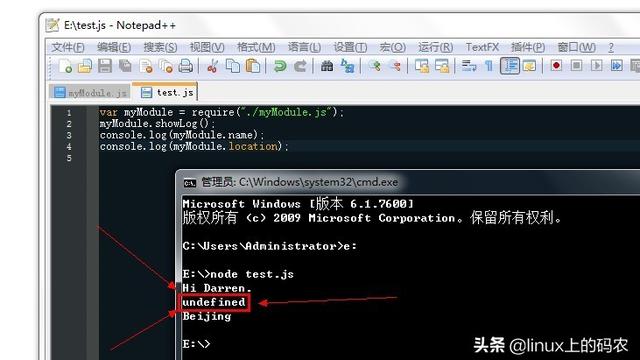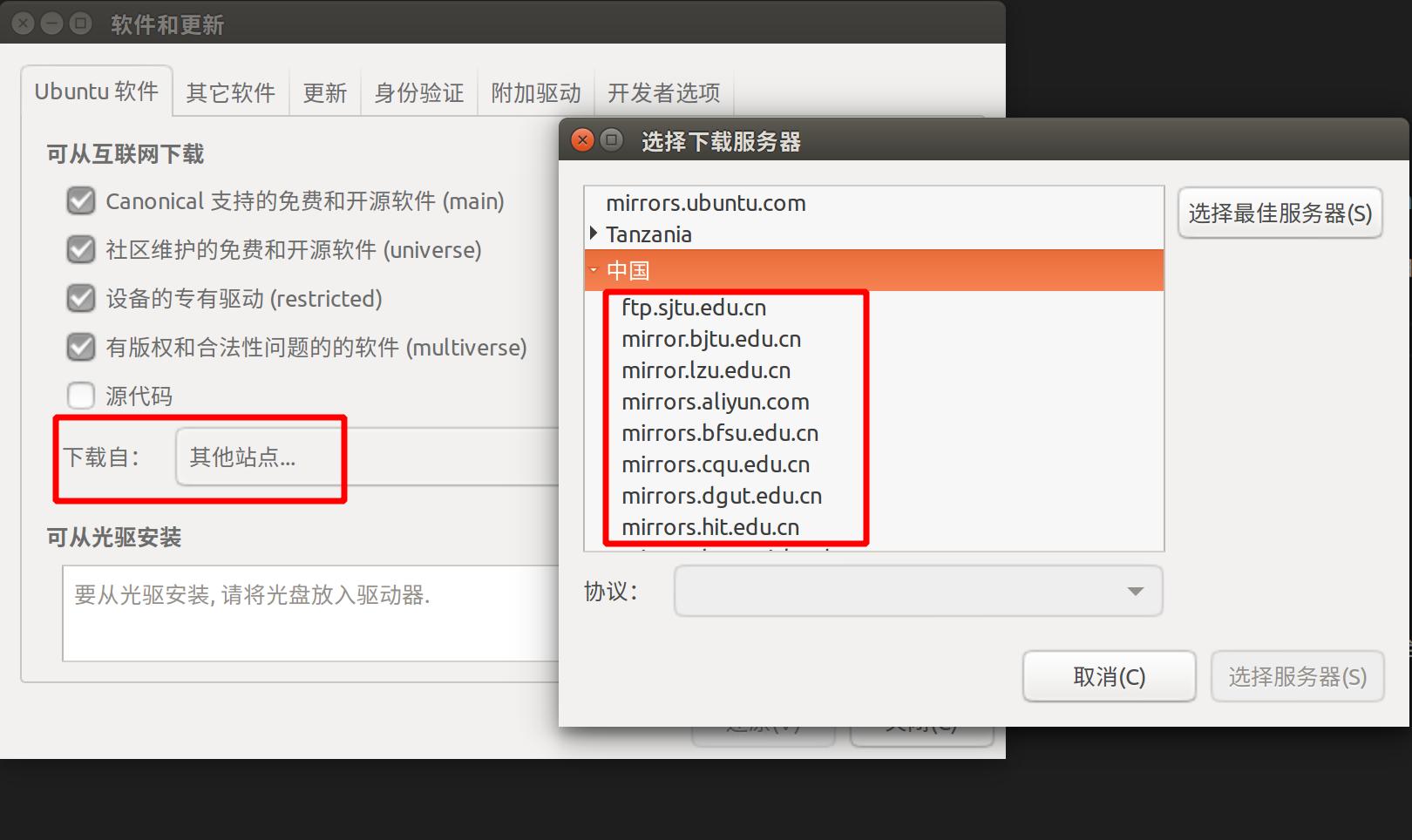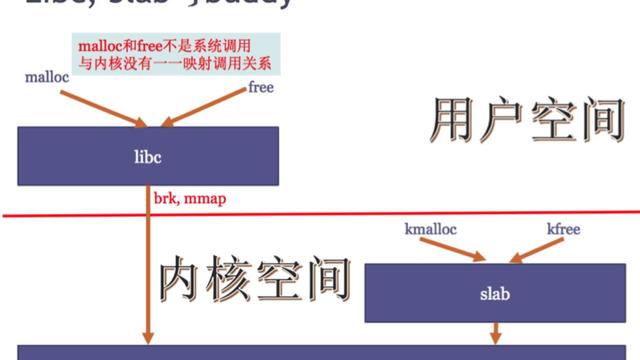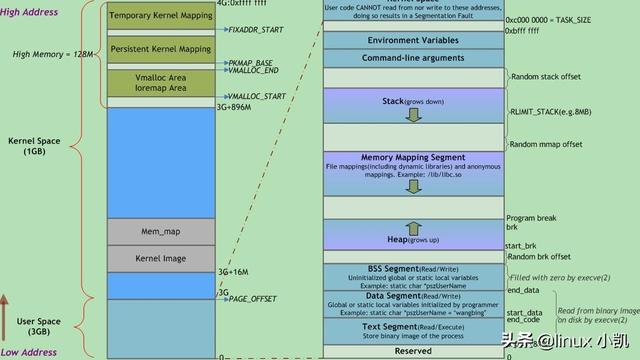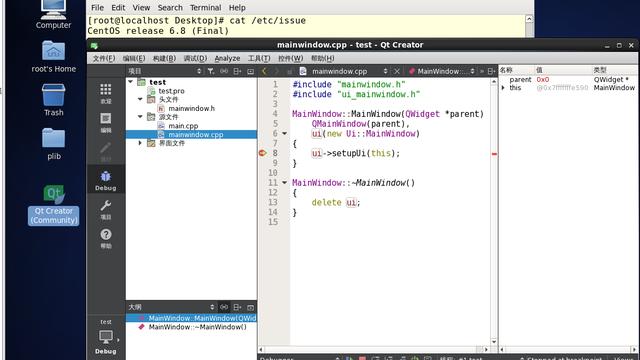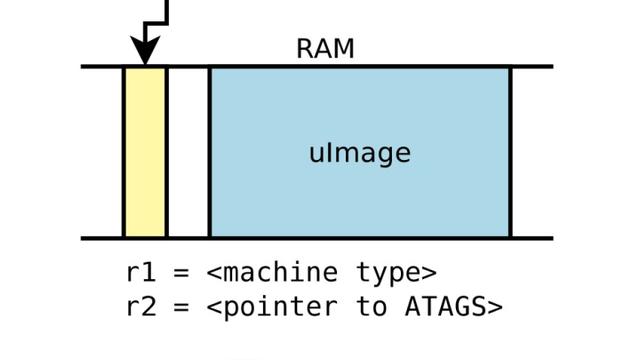Bash技巧:介绍 $0、$1、$2、$#、$@、$*、$? 的含义

在编写 linux bash shell 脚本时,经常会用到 $0、$1、$2、$#、$@、$*、$? 等参数,下面具体说明这些参数的含义。
假设执行 ./test.sh a b c 这样一个命令,则可以使用下面的参数来获取一些值:
- $0 对应 "./test.sh" 这个值。如果执行的是 ./work/test.sh, 则对应 ./work/test.sh 这个值,而不是只返回文件名本身的部分。
- $1 会获取到 a,即 $1 对应传给脚本的第一个参数。
- $2 会获取到 b,即 $2 对应传给脚本的第二个参数。
- $3 会获取到 c,即 $3 对应传给脚本的第三个参数。$4、$5 等参数的含义依此类推。
- $# 会获取到 3,对应传入脚本的参数个数,统计的参数不包括 $0。
- $@ 会获取到 "a" "b" "c",也就是所有参数的列表,不包括 $0。
- $* 也会获取到 "a" "b" "c", 其值和 $@ 相同。但 "$*" 和 "$@" 有所不同。"$*" 把所有参数合并成一个字符串,而 "$@" 会得到一个字符串参数数组。
- $? 可以获取到执行 ./test.sh a b c 命令后的返回值。在执行一个前台命令后,可以立即用 $? 获取到该命令的返回值。该命令可以是系统自身的命令,可以是 shell 脚本,也可以是自定义的 bash 函数。
当执行系统自身的命令时,$? 对应这个命令的返回值。
当执行 shell 脚本时,$? 对应该脚本调用 exit 命令返回的值。如果没有主动调用 exit 命令,默认返回为 0。
当执行自定义的 bash 函数时,$? 对应该函数调用 return 命令返回的值。如果没有主动调用 return 命令,默认返回为 0。
下面举例说明 "$*" 和 "$@" 的差异。假设有一个 testparams.sh 脚本,内容如下:
#!/bin/bash
for arg in "$*"; do
echo "****:" $arg
done
echo --------------
for arg in "$@"; do
echo "@@@@:" $arg
done
这个脚本分别遍历 "$*" 和 "$@" 扩展后的内容,并打印出来。执行 ./testparams.sh,结果如下:
$ ./testparams.sh This is a test ****: This is a test -------------- @@@@: This @@@@: is @@@@: a @@@@: test
可以看到,"$*" 只产生一个字符串,for 循环只遍历一次。
而 "$@" 产生了多个字符串,for 循环遍历多次,是一个字符串参数数组。
注意:如果传入的参数多于 9 个,则不能使用 $10 来引用第 10 个参数,而是要用 ${10} 来引用。即,需要用大括号{}把大于 9 的数字括起来。
例如,${10} 表示获取第 10 个参数的值,写为 $10 获取不到第 10 个参数的值。实际上,$10 相当于 ${1}0,也就是先获取 $1 的值,后面再跟上 0,如果 $1 的值是 "first",则 $10 的值是 "first0"。
查看 man bash 里面对位置参数(positional parameters)的说明如下:
Positional Parameters
A positional parameter is a parameter denoted by one or more digits, other than the single digit 0.Positional parameters are assigned from the shell's arguments when it is invoked, and may be reassigned using the set builtin command. Positional parameters may not be assigned to with assignment statements. The positional parameters are temporarily replaced when a shell function is executed.
When a positional parameter consisting of more than a single digit is expanded, it must be enclosed in braces.
即,最后一句提到,当位置参数由多位数字组成时,需要用大括号 {} 把多位数字括起来。
获取位置参数的个数
在 bash 中,可以使用 $# 来获取传入的命令行或者传入函数的参数个数。
要注意的是,$# 统计的参数个数不包括脚本自身名称或者函数名称。
例如,执行 ./a.sh a b,则 $# 是 2,而不是 3。
查看 man bash 的说明如下:
Special Parameters
# Expands to the number of positional parameters in decimal.
可以看到,$# 实际上是扩展为位置参数(positional parameters)的个数,统计的参数不包括 $0。


